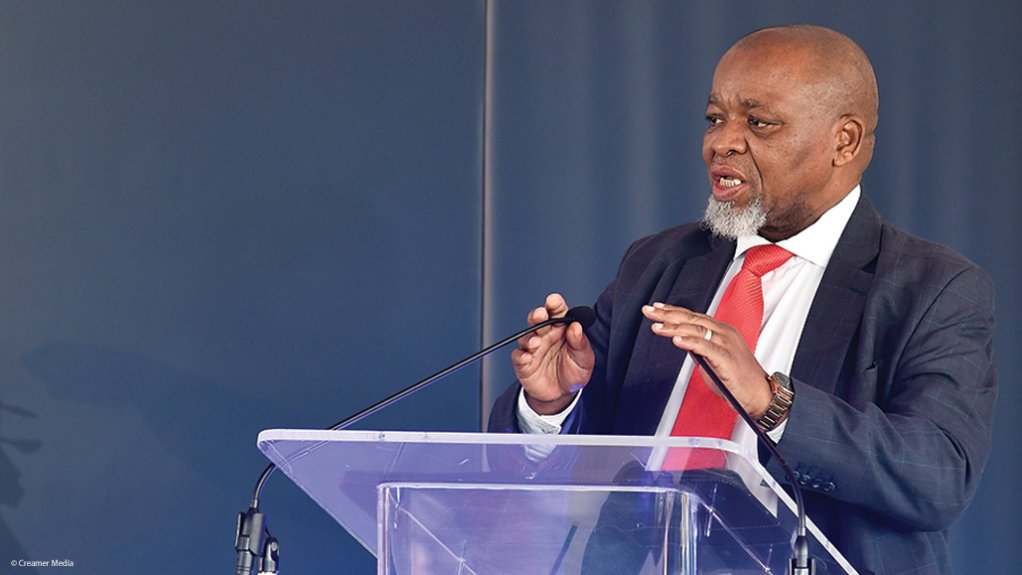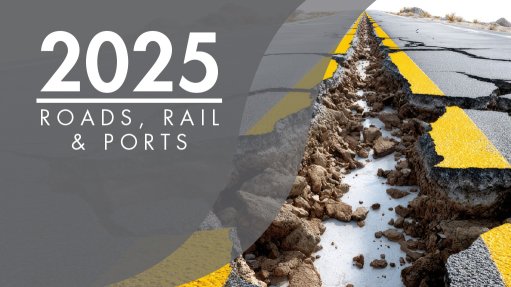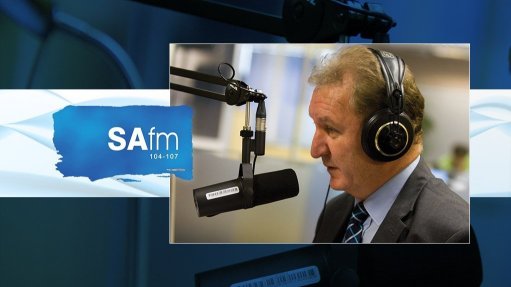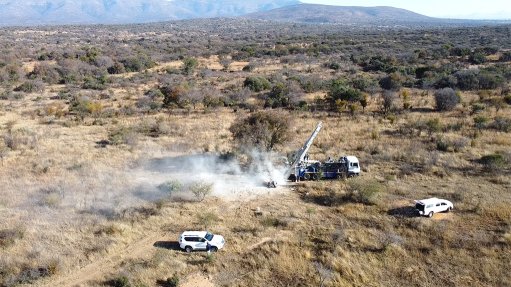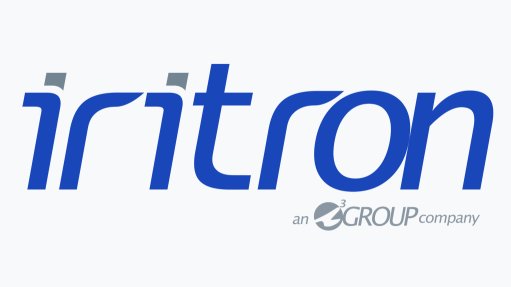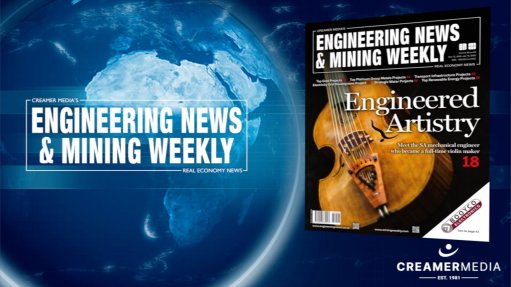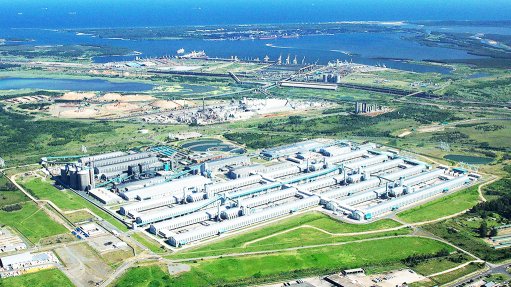Mining industry flags electricity, permitting, illegal mining during engagement with DMPR
The price of electricity for energy-intensive users, permitting challenges and the conversion of marginal shafts to small businesses were among the suggestions and problems mining industry representatives highlighted to Department of Mineral and Petroleum Resources (DMPR) officials on August 29.
The official industry engagement, held at the Council for Scientific and Industrial Research (CSIR), was focused on illegal mining, transformation of the industry and critical minerals, but saw wide-ranging engagement about the challenges facing the sector and its subsectors.
For example, the issue of illegal sand mining was raised, and the representative said that the Mineral and Petroleum Resources Development Act (MPRDA) contained a ready solution to deal with this challenge under the regulations for small and artisanal mining.
Further, regulations were noted as a barrier to startups in the sand mining and quarrying sector, in addition to illegal sand mining operations undercutting legal operators and entrepreneurs in the sector.
Mineral and Petroleum Resources Minister Gwede Mantashe, in later feedback, emphasised that all such sand mining and quarrying operations must be registered.
He also highlighted that he and his department had engaged with 10 of 11 chiefs in the Newcastle, KwaZulu-Natal, area, where illegal sand mining had become a significant challenge. He noted that officials had stressed to traditional leaders and communities that the traditional leaders did not have the authority to issue a licence for sand mining, and that operators must apply for licences to mine sand.
“Nothing is stopping them from applying for a licence. Sand mining is not an informal activity, but is an important commodity globally. A free-for-all would cause chaos for the country.
“All minerals extraction and processing activities in South Africa must be run by business people, and sand mining must similarly be run as a business,” he said.
A representative of the mining industry noted that local police officers were often unaware that sand mining was illegal, and that, after the mine included such information in its community engagement forums, the officers knew what to look out for in terms of enforcement.
“[The department] was looking into illegal sand mining and, while it was prevalent, the DMPR enforcement team and law enforcement were working on this,” said DMPR compliance and enforcement deputy director-general Mmadikeledi Moloto in a later response to the issues raised.
Additionally, in the ferroalloy and ferrochrome sectors, less efficient smelting technology and the loss of cheap electricity were highlighted as challenges.
A proposal was made for exemptions or subsidies, with participation from the Department of Trade, Industry and Competition and National Treasury, for the sector to move from old to new processing technology to compete against smelters in Asia.
Further, to beneficiate the ores mined in South Africa and increase local beneficiation, the elephant in the room was the cost of electricity, which rendered the ferroalloys sector uncompetitive, said another representative.
The DMPR had a task team comprised of different stakeholders that was engaging with the ferroalloys and ferrochrome sectors, and other industry sectors, to understand the challenges they were facing and ensure they provided input into potential new models for the sectors, said South African national mineral research organisation Mintek CEO Dr Molefi Motuku in a separate presentation.
“A special electricity price [dispensation] for energy-intensive sectors is also on the table, and there is a lot of work that has been done on this. Cabinet has approved an intervention plan for smelters, and the work on financial instruments is being led by Treasury,” he added.
Meanwhile, mining representatives also noted the challenge of permits that were being issued for areas over which operations already held licences, with permits for aggregate mining being issued on land that was subject to a coal mining licence, for instance.
This made preventing conflict between parties vested in these separate operations difficult, and there was no clarity on how permits were being issued on top of licences, a representative said.
In a later response to the issues raised, Moloto said the issuing of permits on land under an existing mining licence should not happen and, if this were the case, the department would need to look at this issue.
Union representatives, meanwhile, posited that mine closures were creating problems in terms of illegal mining, and more job opportunities needed to be created when mines closed or shuttered some shafts.
However, Mantashe refuted this, pointing out that only 21 of the almost 1 600 alleged illegal miners extracted from a mine near Stilfontein, in the North West province, were South African citizens.
“Illegal mining is a criminal activity, often involving criminal syndicates, cartels, trafficking of people and forced labour.”
The MPRDA was under review to increase penalties for illegal mining and to ensure that unauthorised mining was dealt with as a criminal offence, said Moloto.
“The process of amending the MPRDA is also an opportunity for the mining industry to provide input about how it envisaged the regulation of small-scale and artisanal mining,” she said.
Union representatives noted the challenge of portable skills to enable former mineworkers to earn a living, but an industry representative also noted that some may not want to transition to different and/or lower-paying jobs, and that there was a need to look at cheaper models to keep shafts and mines open.
A union representative proposed that, instead of a shaft being closed, a small business could be established that could continue with the operations, albeit that the employees may need to agree to a pay cut, but with a share in the profits.
“Portable skills are important, but we need to look at alternatives. For example, while royalties tax provides a significant boost to State revenues, losing the shaft or mine will remove those royalties, and there is room for incentives for such operations,” the representative said.
However, DMPR director-general Jacob Mbele noted that a key issue for alternative models to closure was health and safety standards and how such operations would continue to exploit marginal resources in the ground while maintaining sound health and safety and still make a profit.
“One of the key differences between legal and illegal mining is the adherence to, or disregard for, health and safety requirements,” he said.
Mantashe highlighted that residual deposits were left the ground, as they did not fit a miner's cost structures, but that South Africa had to find a way to deal with marginal deposits.
Separately, in a later response, the Minister also noted that artisanal and small-scale mining should be developed faster and more funds mobilised to achieve this, which would help to create more jobs.
However, in terms of keeping shafts open through the establishment of small businesses, he added that the major on the mine would need to take responsibility for infrastructure, as a small-scale mine would never be able to run a system, such as lifts, by itself.
Such a small-scale operator would also depend on the major mining company and would need a formal agreement on trade and selling of products, he told delegates.
Meanwhile, there were several suggestions made to leverage various technologies to improve monitoring of and enforcement over mining activities.
A representative of the ferroalloys sector said that a first point of departure was to ensure that all ores designated for export were registered and appropriately regulated. If this were done, the country would know how much ore was moving out of the country and would be able to trace and track the movement of ores between mines and ports.
This would make easier to monitor the movement of minerals and more difficult for illegally obtained minerals to leave the country, the representative proposed.
Another representative noted that the South African Mineral Resources Administration (SAMRAD) System did not display images of the mines, and queried whether the DMPR could monitor the entire country through collaboration with other departments and institutions.
A lecturer from the University of the Witwatersrand (Wits) School of Mining Engineering said Wits had undertaken research and had achieved good outcomes from the use of remote sensing technology to identify illegal mining, in Limpopo.
The team used satellite pictures and software solutions to identify mines that had been declared closed on the database after rehabilitation, but where activity was taking place.
This had the added benefit of enabling early-response to mining activities. Once established, such operations were difficult to close down and posed more safety risks to inspectors and law enforcement officers.
However, if inspectors responded to these areas early, the safety risks were much lower. A team could be established to look at satellite images and identify areas to inspect, the lecturer said.
The DMPR was in discussions with the CSIR and the South African National Space Agency to use AI-powered predictive technology to achieve something similar to what Wits was working on, said special adviser to the Minister Sello Helepi.
“We hope a deal to this effect will come out of this meeting,” he said.
Article Enquiry
Email Article
Save Article
Feedback
To advertise email advertising@creamermedia.co.za or click here
Announcements
What's On
Subscribe to improve your user experience...
Option 1 (equivalent of R125 a month):
Receive a weekly copy of Creamer Media's Engineering News & Mining Weekly magazine
(print copy for those in South Africa and e-magazine for those outside of South Africa)
Receive daily email newsletters
Access to full search results
Access archive of magazine back copies
Access to Projects in Progress
Access to ONE Research Report of your choice in PDF format
Option 2 (equivalent of R375 a month):
All benefits from Option 1
PLUS
Access to Creamer Media's Research Channel Africa for ALL Research Reports, in PDF format, on various industrial and mining sectors
including Electricity; Water; Energy Transition; Hydrogen; Roads, Rail and Ports; Coal; Gold; Platinum; Battery Metals; etc.
Already a subscriber?
Forgotten your password?
Receive weekly copy of Creamer Media's Engineering News & Mining Weekly magazine (print copy for those in South Africa and e-magazine for those outside of South Africa)
➕
Recieve daily email newsletters
➕
Access to full search results
➕
Access archive of magazine back copies
➕
Access to Projects in Progress
➕
Access to ONE Research Report of your choice in PDF format
RESEARCH CHANNEL AFRICA
R4500 (equivalent of R375 a month)
SUBSCRIBEAll benefits from Option 1
➕
Access to Creamer Media's Research Channel Africa for ALL Research Reports on various industrial and mining sectors, in PDF format, including on:
Electricity
➕
Water
➕
Energy Transition
➕
Hydrogen
➕
Roads, Rail and Ports
➕
Coal
➕
Gold
➕
Platinum
➕
Battery Metals
➕
etc.
Receive all benefits from Option 1 or Option 2 delivered to numerous people at your company
➕
Multiple User names and Passwords for simultaneous log-ins
➕
Intranet integration access to all in your organisation



